
Stuart Roy
Naval Architect & Consultant
Fellow of the Royal Institution of Naval Architects
Chartered Engineer
Email: info@StuartRoy.co.uk
Naval Architect & Consultant
Fellow of the Royal Institution of Naval Architects
Chartered Engineer
Email: info@StuartRoy.co.uk
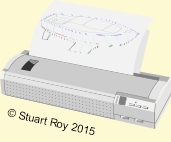

Conversions
From commercial service to recreational use
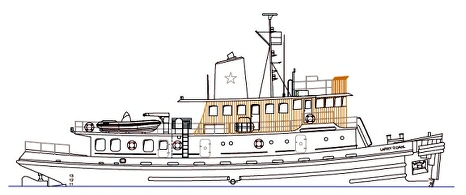
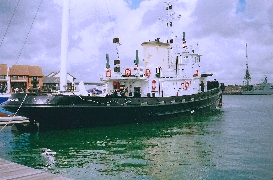

48.5’ (14.8m) ex-RNLI Solent Class Lifeboat “The Three Sisters” built 1970 and in service at Thurso 1970 - 1990.
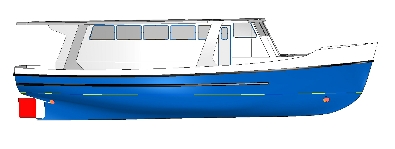
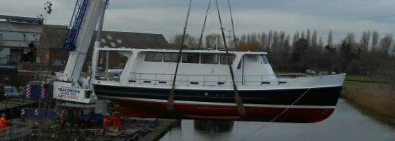
“Hawk” - New Twin-Deck Layout for cruising on Inland Waterways of Europe
“Hawk” Re-launched after Conversion
63’ (19.19m) Motor Boat “Hawk”
built 1935
built 1935
Recently a number of owners have chosen a former tug as the basis for a conversion to a motor yacht or expedition vessel. But these are not always suitable, as the original design may have focused on bollard pull and towing power, with very large engines and machinery - equipment that is not required for a motor yacht where fuel consumption is generally a major concern. Light, general purpose tugs can be converted satisfactorily as well as former patrol boats, pilot launches and other offshore working boats when constructed to a recognised classification society standard and well maintained in service.
A naval architect such as myself would be able to assist in all stages of the conversion process, by surveying the original vessel, drawing up conversion plans and specifications, obtaining quotations from shipyards, assessing the stability and loading, as well as monitoring the conversion work at the shipyard on behalf of the owner. Should the new role of the vessel involve charter work, then the vessel will need to be assessed for compliance with the appropriate MCA code of practice. This will generally mean that a Stability Booklet will be required for the converted vessel. At the end of the project, sea trials can be carried out after the conversion work is complete to confirm that the boat’s performance and stability are satisfactory.
The examples above show photographs of some typical vessels in their original state together with the outline proposal drawing that I produced for the conversion work. The vessels each had insufficient accommodation space for the planned recreational use and too much heavy equipment on board, such as the crane on the patrol boat and the towing gear on the deck of the tug. For the Solent Class lifeboat new cabins were designed to provide comfortable and versatile accommodation in place of the rather basic spaces used for survivors.
The conversion of the 1935 Dutch-built motor vessel “Hawk” is an owner-managed project for which I have provided technical advice when required. The hull of the vessel was fully restored and then fitted with new twin-deck accommodation and modern systems for cruising on the inland waterways in Europe.
A naval architect such as myself would be able to assist in all stages of the conversion process, by surveying the original vessel, drawing up conversion plans and specifications, obtaining quotations from shipyards, assessing the stability and loading, as well as monitoring the conversion work at the shipyard on behalf of the owner. Should the new role of the vessel involve charter work, then the vessel will need to be assessed for compliance with the appropriate MCA code of practice. This will generally mean that a Stability Booklet will be required for the converted vessel. At the end of the project, sea trials can be carried out after the conversion work is complete to confirm that the boat’s performance and stability are satisfactory.
The examples above show photographs of some typical vessels in their original state together with the outline proposal drawing that I produced for the conversion work. The vessels each had insufficient accommodation space for the planned recreational use and too much heavy equipment on board, such as the crane on the patrol boat and the towing gear on the deck of the tug. For the Solent Class lifeboat new cabins were designed to provide comfortable and versatile accommodation in place of the rather basic spaces used for survivors.
The conversion of the 1935 Dutch-
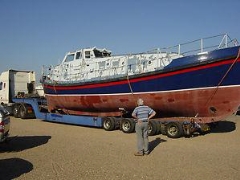
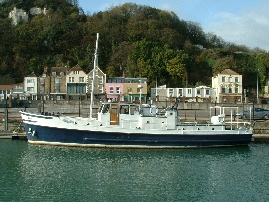

A former working boat can provide an excellent basis for conversion to an interesting recreational boat. Over the years there have been many successful conversions of former working craft. Harbour launches, trawlers and lifeboats in particular, can be ideal for conversion to purposeful motor cruisers, sometimes with ocean-going potential. The new owners are then able to gain much reassurance from the vessel’s robust hull construction, well-maintained engineering and excellent sea-keeping qualities. In this way owners can acquire a vessel which is unique and unusual, whilst being extremely cost-effective when compared with the cost of a new vessel of the same size. In addition, there is considerable added value if the original vessel had an interesting history in its former role, as in the examples shown below.
104’ (31.77m) ex-German Patrol Boat built 1955
108’ (32.92m) ex-US Army Tug
built 1957
New aft accommodation
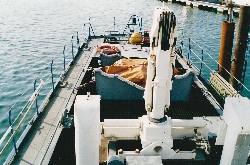
Original aft deck